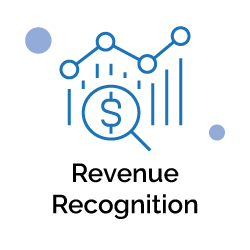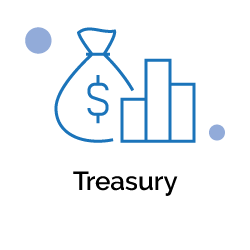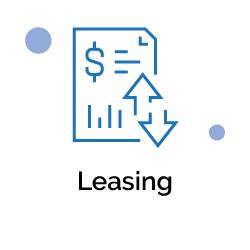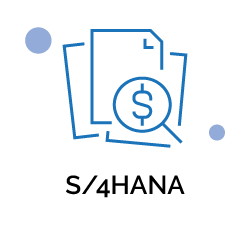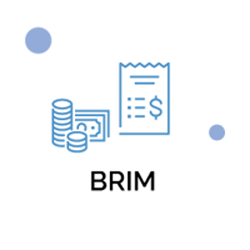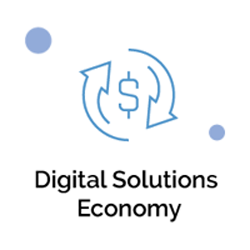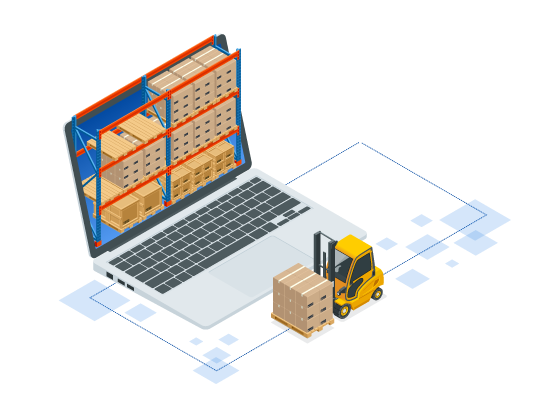
Subscription Order Management is specifically designed to support the order process of a combination of physical goods, service, and subscriptions to enable you to transition from a product-based model to a service-based one. You can quickly model new subscription offerings with the right mix of products, recurring and one-time services, usage charges, revenue sharing models, and third-party content. With Subscription Order Management you manage your contracts flexibly over the whole contract lifecycle (such as adding, modifying, or removing elements of contracts effortlessly, and tracking of service usage).
Subscription Order Management is specifically designed to support the order process of a combination of physical goods, service, and subscriptions to enable you to transition from a product-based model to a service-based one. You can quickly model new subscription offerings with the right mix of products, recurring and one-time services, usage charges, revenue sharing models, and third-party content. With Subscription Order Management you manage your contracts flexibly over the whole contract lifecycle (such as adding, modifying, or removing elements of contracts effortlessly, and tracking of service usage).
Features
A subscription product provides specific attributes and settings for leveraging payment models, using recurring fees and consumption-based fees (or pay-per-use payment model).
Different types of products, such as subscription and physical products, services, or service contract items, can be grouped into product bundles to provide a flexible offering to customers. For more information about product bundles, refer to Product Bundles.

Subscription Order Management uses various types of fees and charges, such as recurring fees, usage and one-off charges, and allowances, for price determination in Convergent Invoicing and SAP Convergent Charging. For more information about allowances, refer to Allowances.
You can also share your counters and allowances across multiple contracts.

A master agreement is a contract that is used to define the terms of a long term relationship between a customer and a service provider, using individual prices, products, and authorized groups. These terms are used in the related subscription orders and solution quotations.

Solution quotations and subscription orders are used to offer customers a combination of products, product bundles, and services. Once released, they automatically trigger the creation of subscription contracts, and other follow-up documents like sales order or service contracts.

The distribution of subscription documents is critical in fulfilling subscription order and contract terms across systems like billing, charging, and other fulfillment systems. The document distribution is implemented by the Order Distribution Infrastructure (ODI) framework.

A subscription contract manages the long-term agreement for a service that the provider company offers to the customer.
You can use contract change processes to change your subscription contract lifecycle, such as, contract extension and contract cancellation.

In a service-based model, partner agreements are created to maintain revenue sharing terms between service and content providers. So, when an end customer purchases a service, the involved content partner is given a part of the revenue based on the contract that the service provider finalizes with the end customer.
It is also possible to handle some part of a billable item separately, using a dependent item type.

Features
A subscription product provides specific attributes and settings for leveraging payment models, using recurring fees and consumption-based fees (or pay-per-use payment model).
Different types of products, such as subscription and physical products, services, or service contract items, can be grouped into product bundles to provide a flexible offering to customers. For more information about product bundles, refer to Product Bundles.

Subscription Order Management uses various types of fees and charges, such as recurring fees, usage and one-off charges, and allowances, for price determination in Convergent Invoicing and SAP Convergent Charging. For more information about allowances, refer to Allowances.
You can also share your counters and allowances across multiple contracts.

A master agreement is a contract that is used to define the terms of a long term relationship between a customer and a service provider, using individual prices, products, and authorized groups. These terms are used in the related subscription orders and solution quotations.

Solution quotations and subscription orders are used to offer customers a combination of products, product bundles, and services. Once released, they automatically trigger the creation of subscription contracts, and other follow-up documents like sales order or service contracts.

The distribution of subscription documents is critical in fulfilling subscription order and contract terms across systems like billing, charging, and other fulfillment systems. The document distribution is implemented by the Order Distribution Infrastructure (ODI) framework.

A subscription contract manages the long-term agreement for a service that the provider company offers to the customer.
You can use contract change processes to change your subscription contract lifecycle, such as, contract extension and contract cancellation.

In a service-based model, partner agreements are created to maintain revenue sharing terms between service and content providers. So, when an end customer purchases a service, the involved content partner is given a part of the revenue based on the contract that the service provider finalizes with the end customer.
It is also possible to handle some part of a billable item separately, using a dependent item type.



